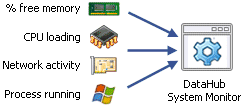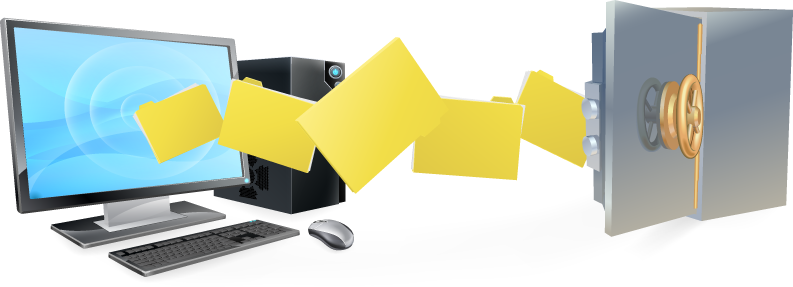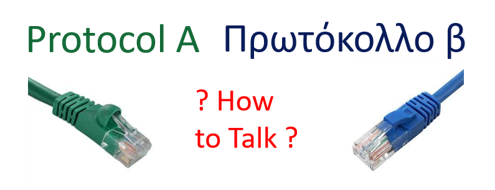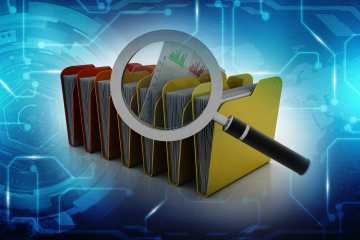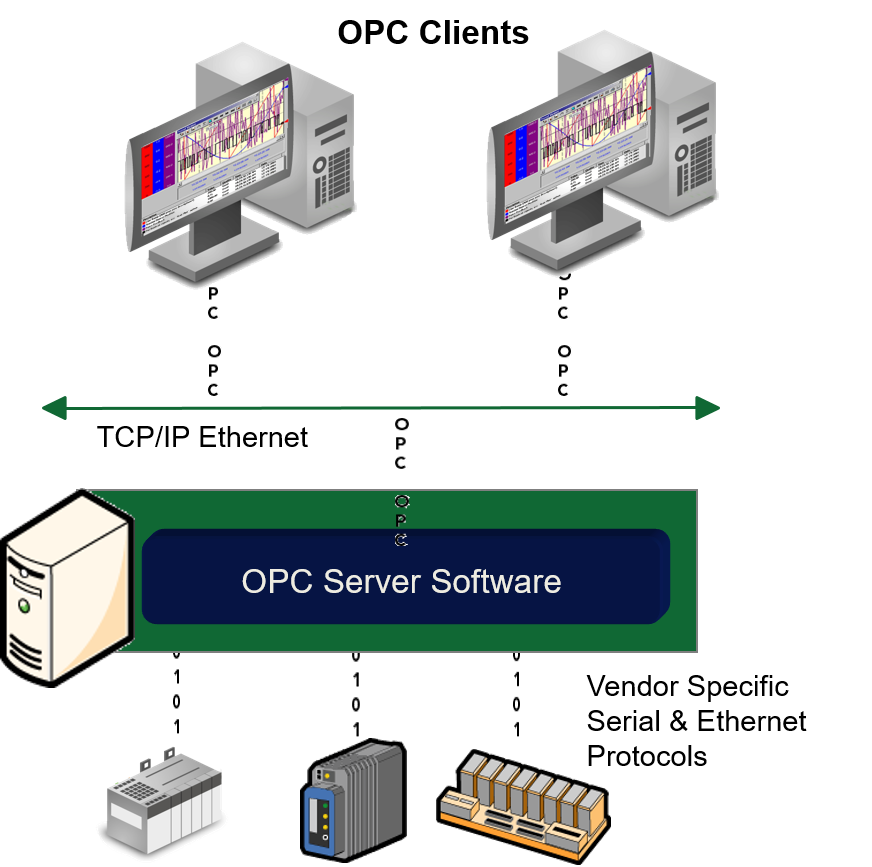Knowledge is power and knowing the current state of your underlying server hardware for your process can be very powerful indeed. Keeping a pulse on information like CPU usage, available memory, memory consumption by a process and whether or not critical process are still running can be the difference between hours of downtime with thousands of dollars in lost production and being able to proactively avoid any downtime.
The following short video blog demonstrates step-by-step how easy it is to use the Cogent DataHub to monitor vital system statistics on your servers that can be shared in real-time via supported client interfaces such as OPC DA and OPC UA or even send email/SMS notifications.


